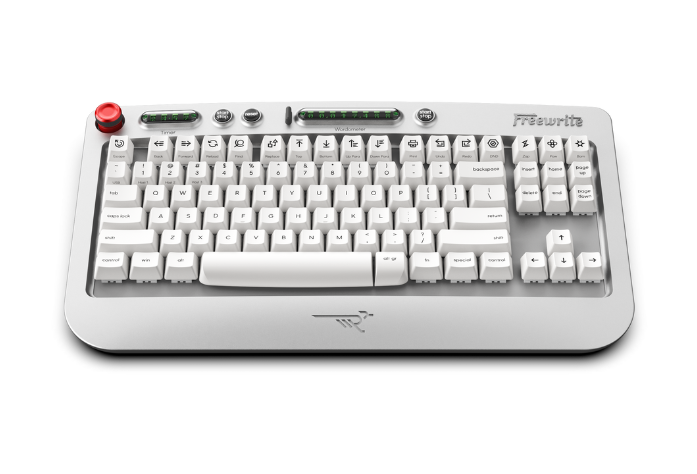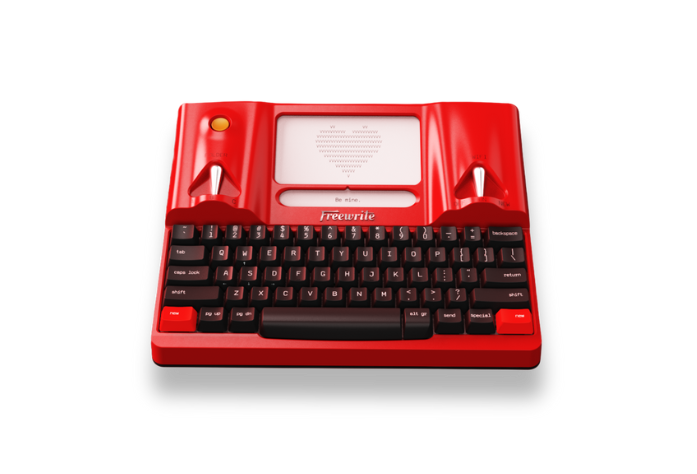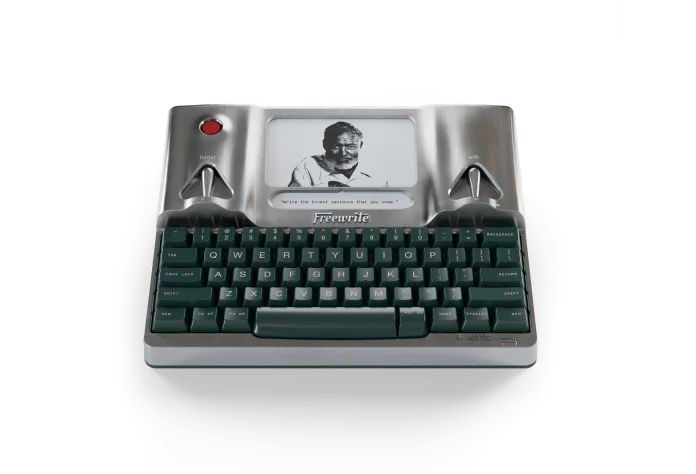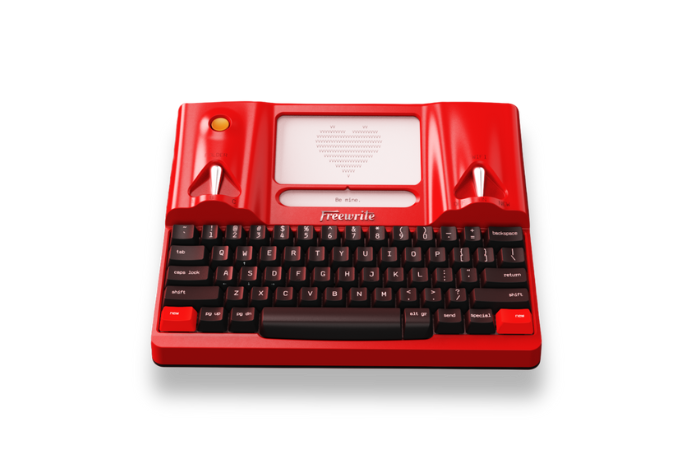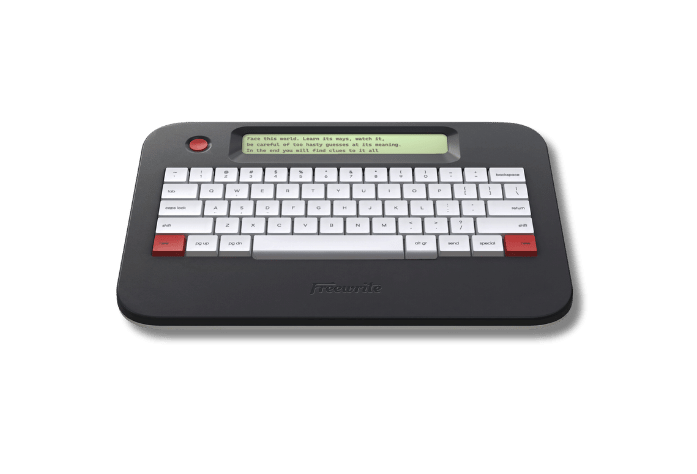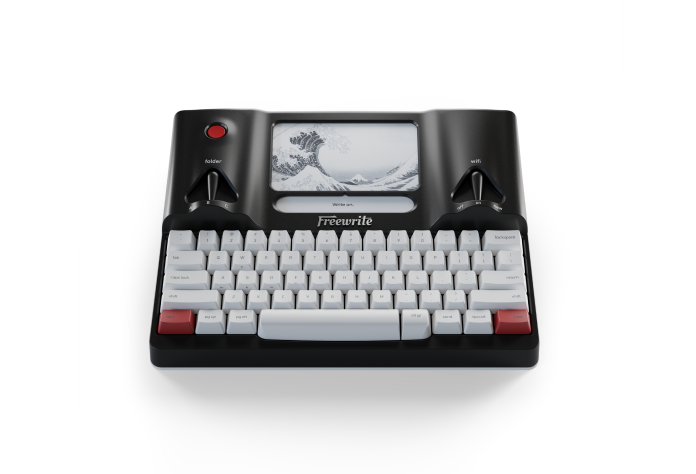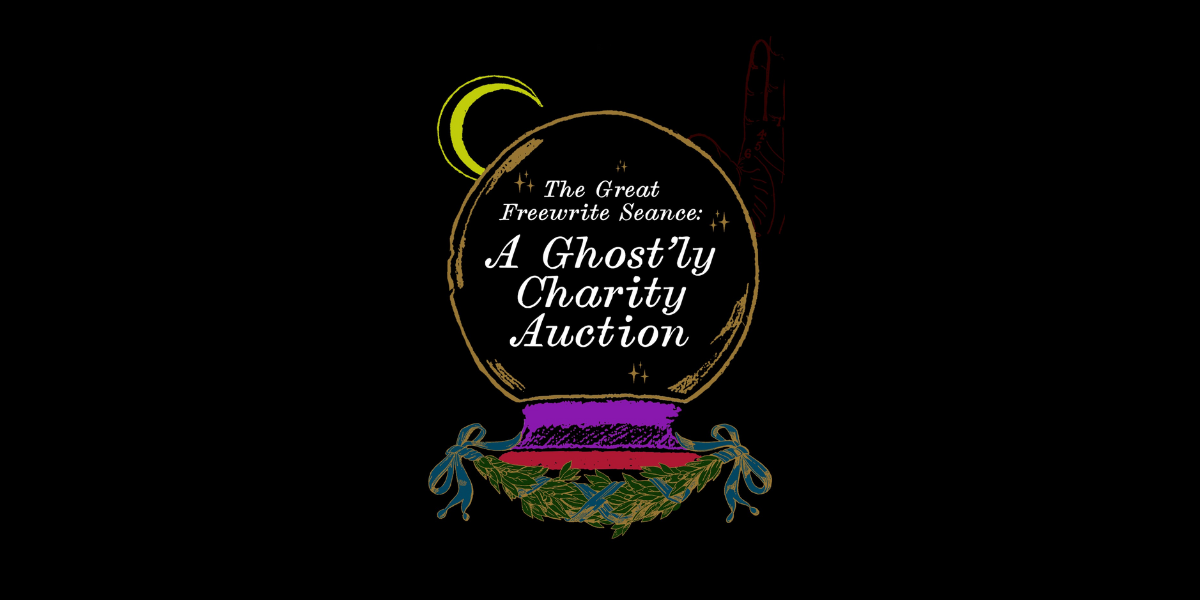Today’s guest post is by Zara Altair (@ZaraAltair), writer of The Argolicus Mysteries set in ancient Italy. Zara also coaches budding writers to create winning stories as The Story Bodyguard from her home near Portland, Oregon.
Planning Your Novel Works
When most writers get an idea for a new story they want to dive in and get going. If you skip planning, your novel is likely to have bumps, detours, and dead ends. You are likely to spend hours of wasted time that you couldsave by planning first. Planning can help you avoid time consuming mistakes, rewrites, characters taking over and derailing the flow, and get you to the end quickly.
Novelists can streamline story writing with creative planning. First brainstorm scenes, then organize them into a story structure.
The Story Brainstorm
Planning a story can be creative. You don’t have to construct a rigid outline like the one’s you turned in for school. Correct planning is just a creative as the actual writing but in a different way. You brainstorm as many ideas as possible - scenes, bits of dialogue, action sequences, theMcGuffin, what trips up your protagonist. Any and every idea about the story. The ideasdon’t need to be in logical or in sequential order. At this point you are collecting all the bits and pieces you want in your story.
Some writers use 3x 5” index cards.Some use a spreadsheet. Some use writing software like Scrivener. Or, just list them out in a text document. The key is to brainstorm the story and scene ideas.
Writers want a story unlike any other. Brainstorming your scenes is a creative way to capture the essence of your story. The ideas go straight from your head into story scenes. Keep adding scenes until you have all the scenes of your story.
You can move them around as you add scenes, but don't focus on this too much. The concept is to write as many scenes as you can that will be part of your story.
The key to this process is that it is a brainstorming exercise. No judgment. If a scene comes to mind, add it to the list. You'll organize them later.
Organize the Bits into a Story Structure
Once you’ve collected your story bits and pieces, you can rearrange them into a story sequence. This is where index cards or software with moveable components can be invaluable. You can move your ideas around until you feel you have created your story order.
It doesn't matter if you use The Hero's Journey, Save The Cat beats, or any story structure device. Different structures work best for different writers.
Get your basic plot points. Here is novelistKristen Kieffer's basic list.
- Exposition. The necessary character, setting, and background details readers need to understand the context of your novel. (Note: exposition is *not* the beginning of a novel, though most often exposition is revealed during the first few chapters in order to set the scene).
- Call-To-Action.The moment when the hero is called to leave the ordinary world to take part in an otherworldly adventure. Usually found in fantasy and science fiction novels.
- Rising Action. The series of events leading up to the climax of the story.
- Crises. Peaks in tension or conflict that occur throughout the rising action of the novel.
- Climax. The most intense crisis found in the narrative though notnecessarilythe final crisis.
- Falling Action. The series of events after the climax of the story where questions are answered and any remaining crises occur and are resolved.
- Resolution.The final moments of a novel where any remaining threads of tension are resolved and a new reality is established.
Now you can place your scenes in story order, according to your chosen plot structure. Use a cork board, software, or a document to order your scenes. Some writers enjoy the tactile sensation ofphysicallymoving cards while others like the convenience of software or even text documents eliminating the need to transfer handwritten notes into typed text.
It doesn’t matter which tools you use. It’s the process that will help you with your novel.
Story Structure: The Container for Your Scenes
At this stage two things can happen:
- You find you have scenes missing to complete the full story structure
- Scenes on your list don't seem to fit in the story structure
Now it's time to refine your structure. If important scenes are missing you can add them to complete the full cycle of your plot. This part of the process helps you make sure the entire storyline is complete.
Take a look at those scenes that don't fit in the story structure. If you don't find a place for the scenes to move the story forward, it's time to let them go. You can save them for another story if they are too precious to throw away.
Rewards of Brainstorming and Structure
With the scenes in line with the structure, it's time to write.
The immense benefit of brainstorming the scenes is that you already know what happens. You don't have to stall wondering what comes next. You've already envisioned the scene. And, you have already envisioned the story fromstart tofinish.
Once you have completed the brainstorm and structure, you’ll find may benefits to taking the time to plan your novel.
Write Faster
As you write, you won’t wonder what comes next. You’ll be using your creativity and writing skills to write the best scene to move the story forward. Your scenes will flow because you already know not only the basic elements of the scene but also where the scene fits in the story. You can incorporate foreshadowing without using a heavy hand.
Save Time
Because you are writing faster and know where you are going with the story, your novel will flow without wondering what comes next or how to follow-up on a scene later on.
Eliminate Rewrites
If you have done your work thinking through the story elements and the structure, you won’t toss scenes or entire chapters because the story shifted while you were writing. The time you spend at thebeginning creating and organizing your scenes, will keep you on track with your story.
No Writing Yourself Into a Corner
Without a plan, many beginning writers find that characters take over and lead the story off in an unforeseen direction. Then, off track theyare unable to take back control and find themselves in a “story corner.” The brainstorm and organize process shuts the door on story wandering.
You Stay in the Story Flow
Because you know the overall story, youare always headed toward the story end as you write. You have already tested each scene for how it fits in the overall story plan. Your only job when you are writing is to make the scene come alive.
Scenes as Building Blocks
Every scene is a building block for your novel. The brainstorm and structure process eliminates unnecessary scenes before youspend time writing them. You have already calculated which scenes fit inside the story structure and how they build the story within the sequence.
Planning is the Key to Story Ease
Simple planning eliminates many novel writing frustrations. Novel writers who use this simple technique find they are closer to their story the moment theybegin writing. They discovered plot holes and completed the story structure before writing. They save time by eliminating unnecessary scenes, conquer character derailment, and keep themselves from discouraging rewrites before they write.
This simple planning process builds your story creation creativity. Every story has been told. Planning helps you create the story that is truly yours.
Writers who use simple planning find their stories flow as they write scenes. They get to a satisfying conclusion and they finish the novel.
How do you plan your writing? Let us know in the comments!

Zara Altair (@ZaraAltair) writes The Argolicus Mysteries set in ancient Italy featuring patrician Argolicus and his lifelong tutor, Nikolaos: The Used Virgin, The Peach Widow, and The Roman Heir. She writes for the web as a semantic copywriter and is working on a book for writers: SEO for Authors. Zara also coaches budding writers to create winning stories as The Story Bodyguard from her home near Portland, Oregon.




